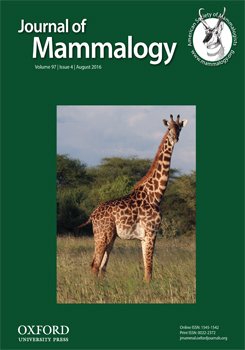The northern pygmy mouse, Baiomys taylori, occurs throughout the Trans-Mexican Volcanic Belt and southern Altiplano of central Mexico and extends northward in 3 projections into northern Mexico and the United States. We used mitochondrial DNA (from the cytochrome-b and NADH dehydrogenase 2 genes) and morphological data to assess diversity within B. taylori across its geographic range in relation to recognized subspecies and putative physiographic filter-barriers. Our results indicate 5 distinct mitochondrial clades despite little morphological variation across the species' geographic range. The Sierra Madre Oriental and Sierra Madre Occidental separate clades representing the eastern (Gulf coastal lowlands), central (Altiplano), and Pacific coastal lowlands, which appear to be divided into 3 major mitochondrial clades. Based on a preliminary analysis of cranial morphology, we are able to reject the Balcones Escarpment of Texas as an impediment to the well-documented recent northern expansion of the species, while we are unable to reject a causal role of filter-barriers elsewhere in subspecific differentiation. Revision of subspecific taxonomy must await further genetic sampling, particularly along the western and southeastern portions of the species' distribution.
How to translate text using browser tools
11 April 2016
Phylogeographic assessment of the northern pygmy mouse, Baiomys taylori
Jessica E. Light,
Marcy O. Ostroff,
David J. Hafner
ACCESS THE FULL ARTICLE

Journal of Mammalogy
Vol. 97 • No. 4
August 2016
Vol. 97 • No. 4
August 2016




